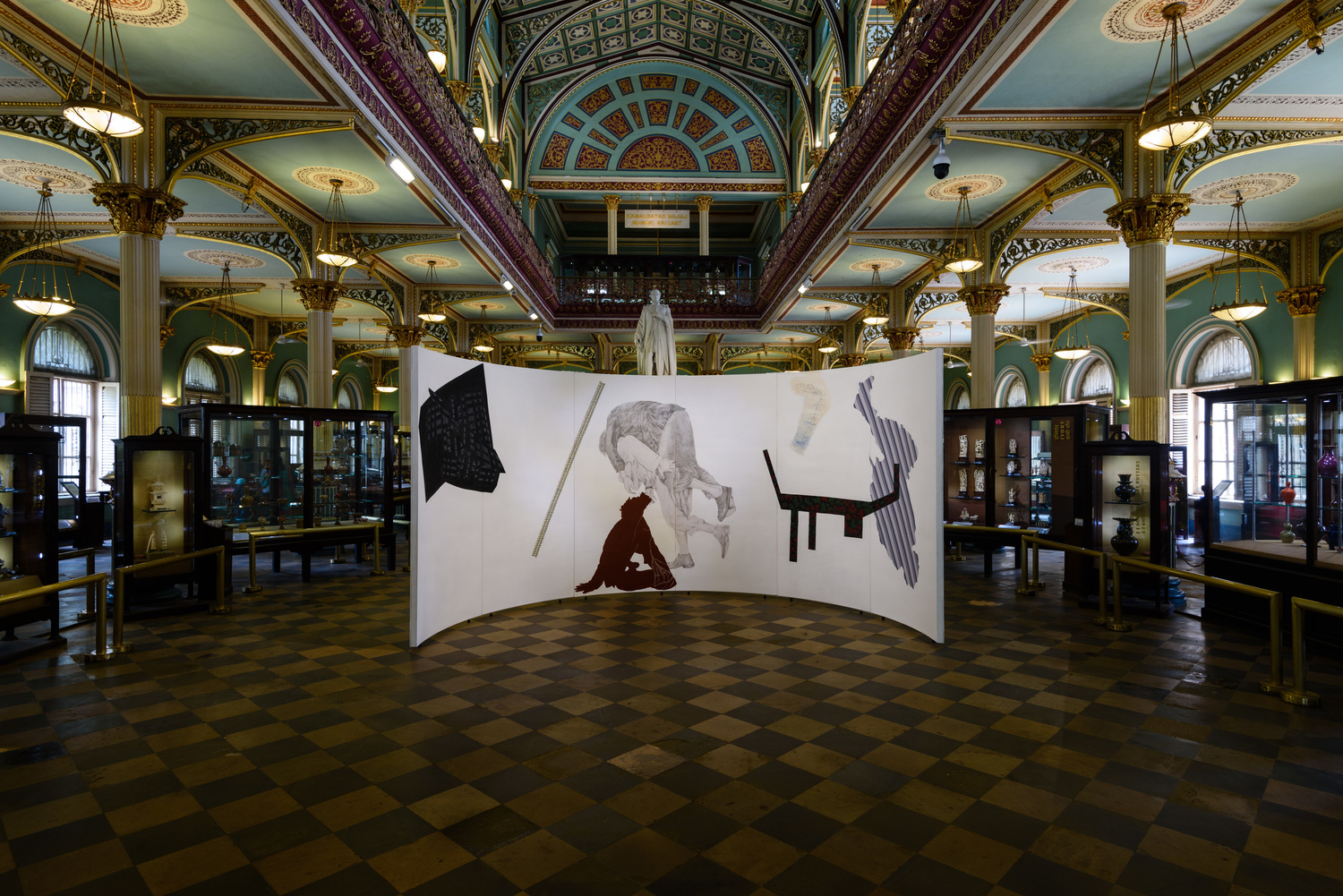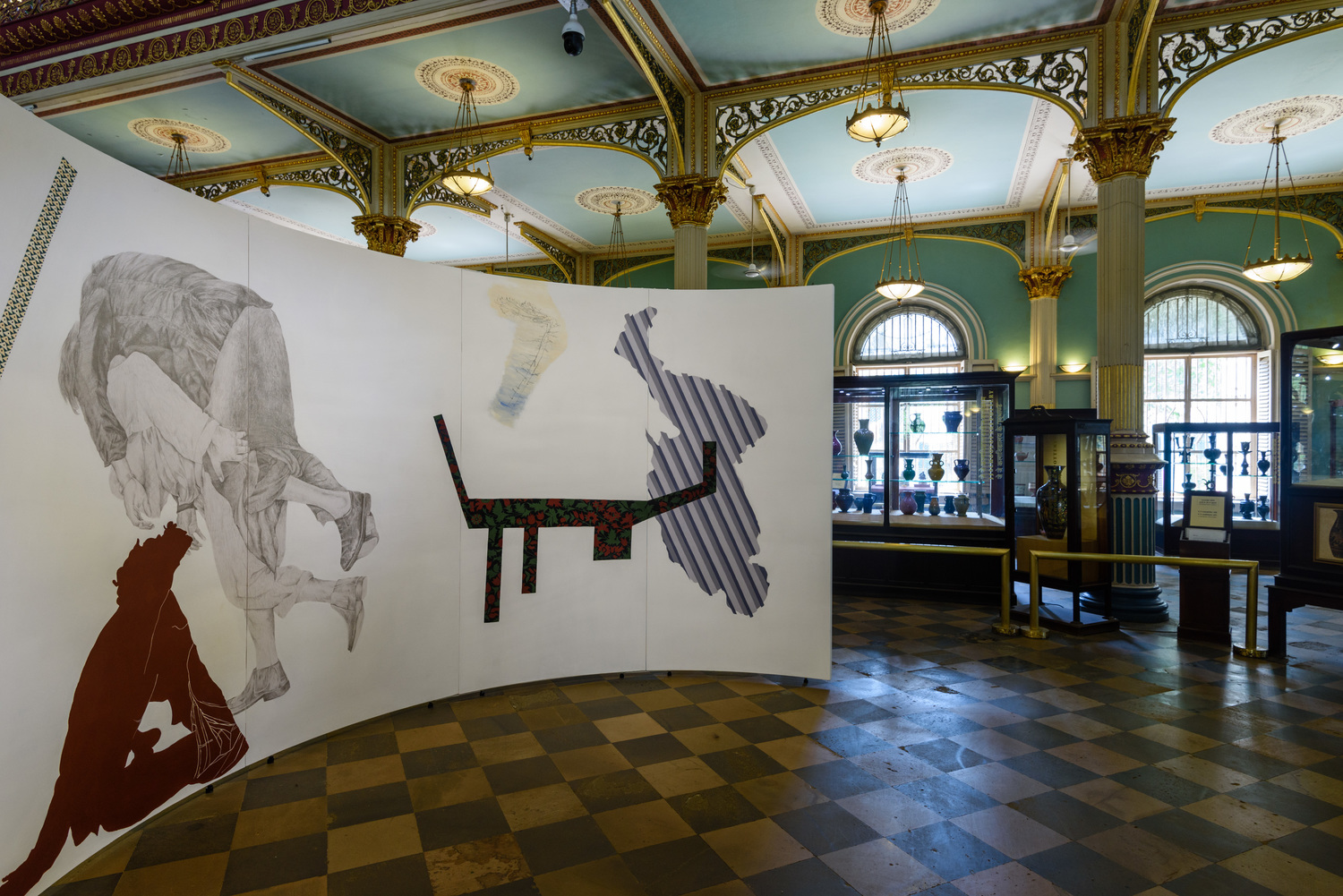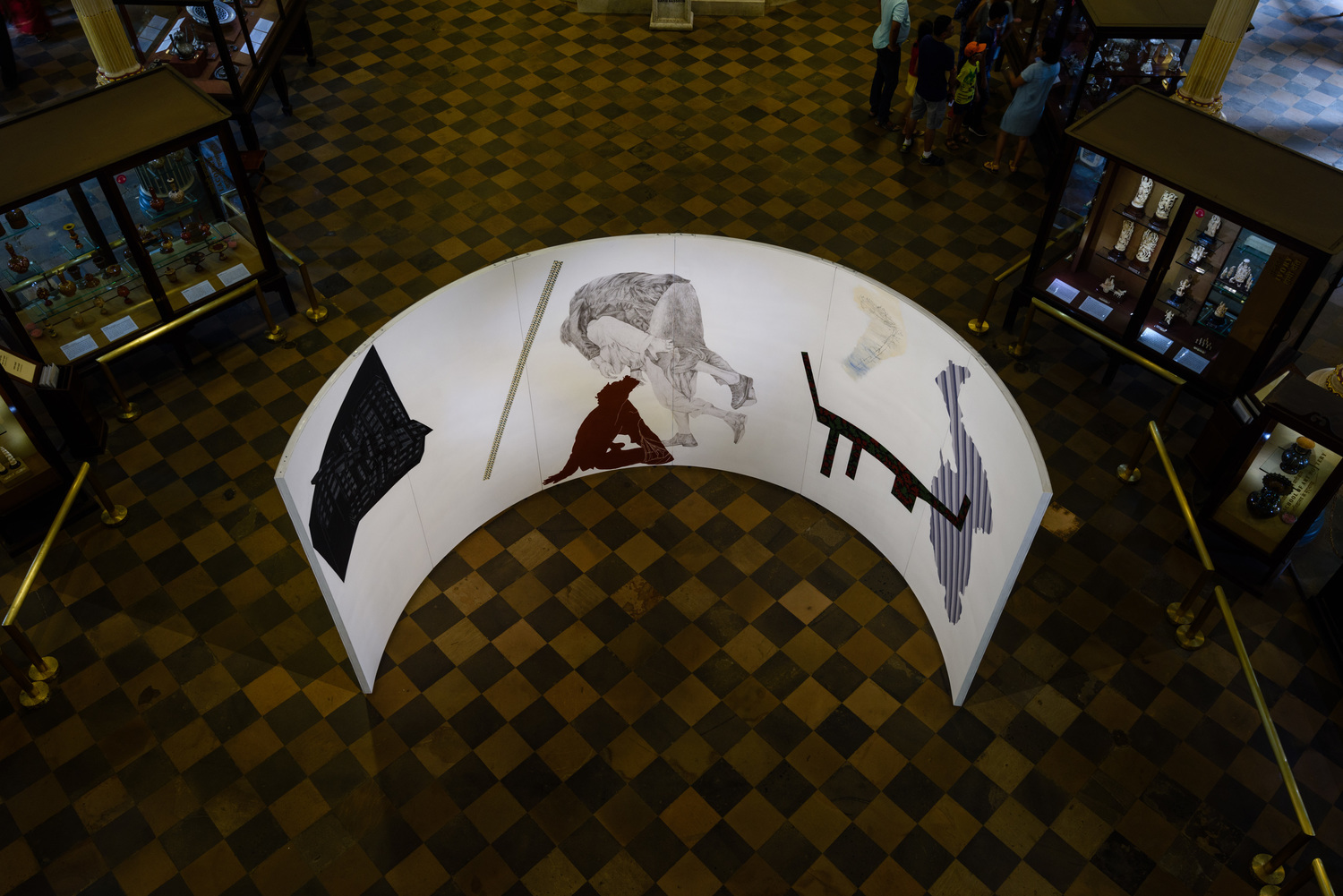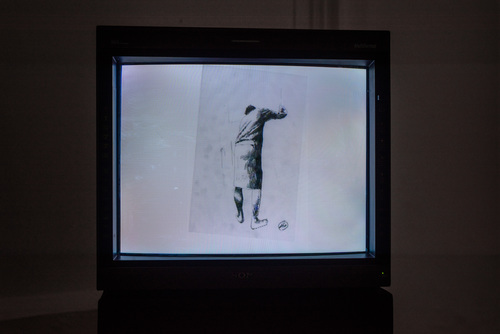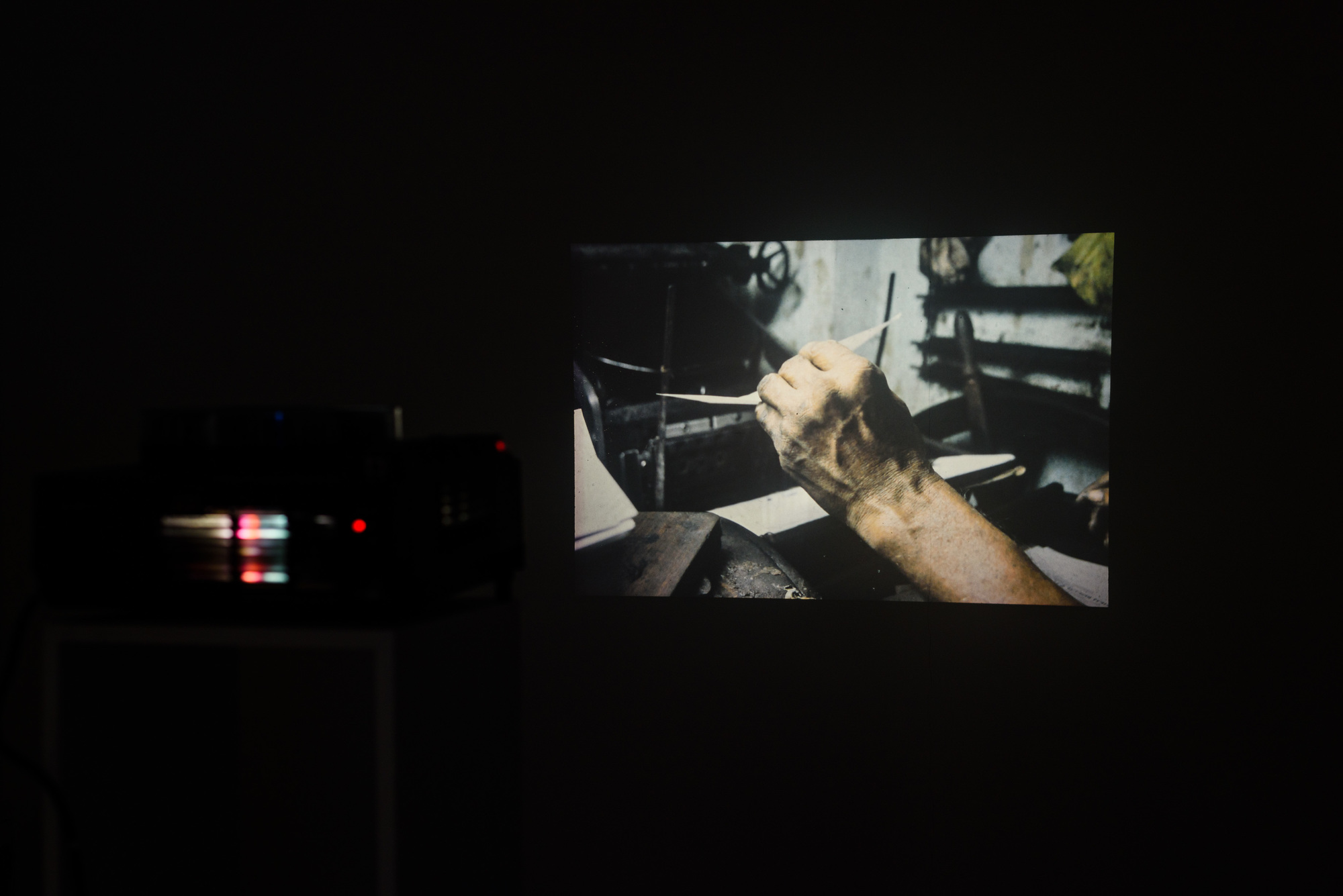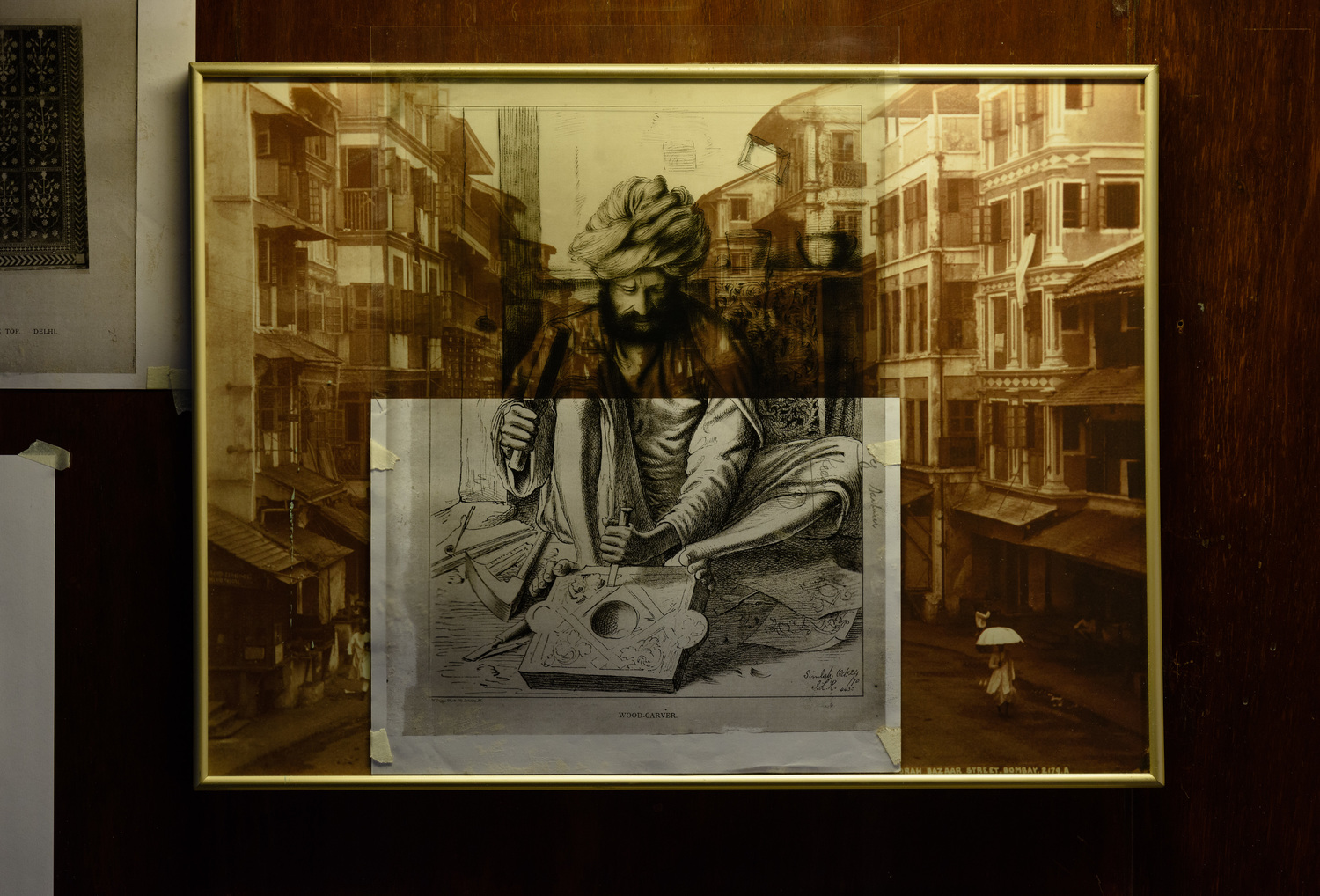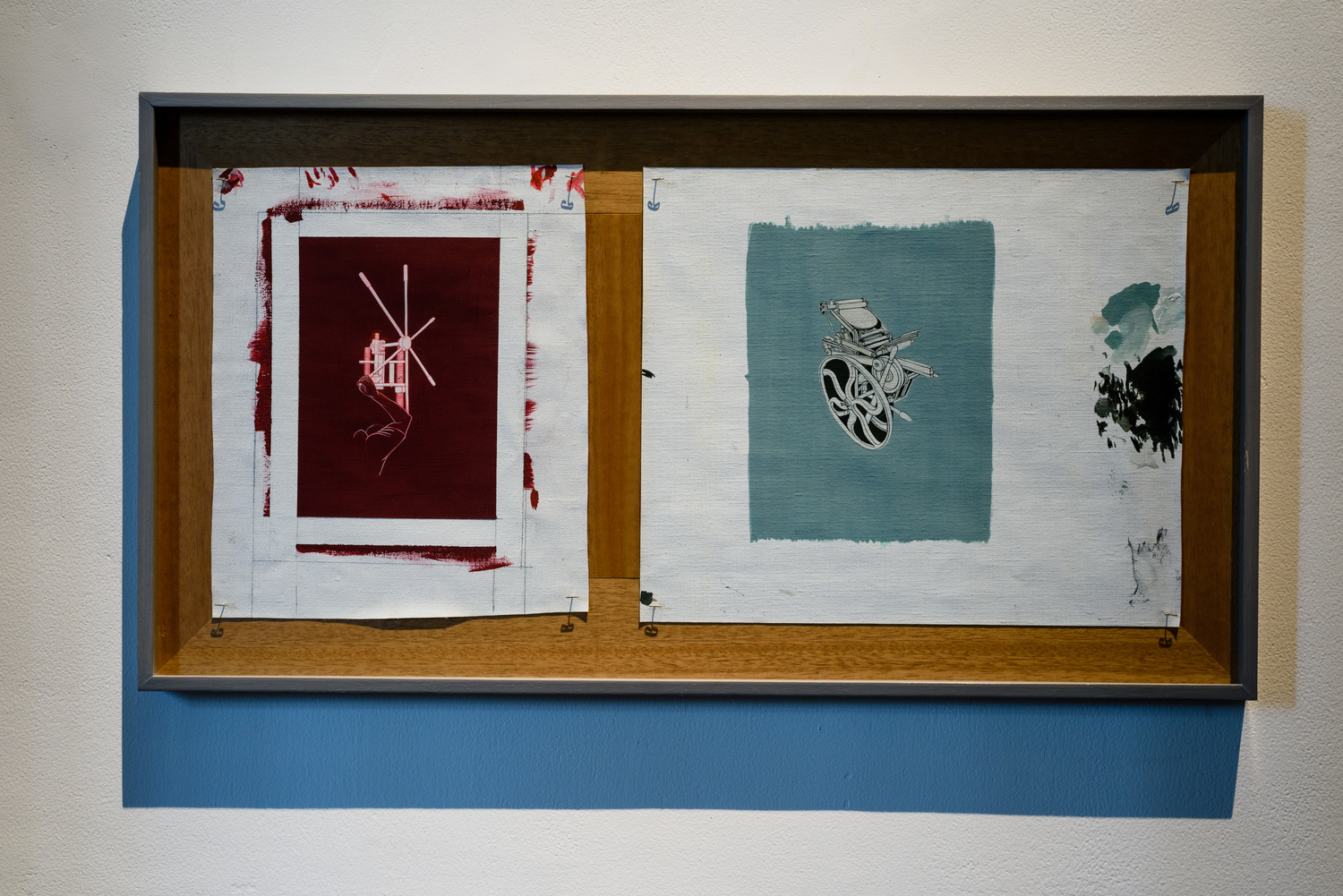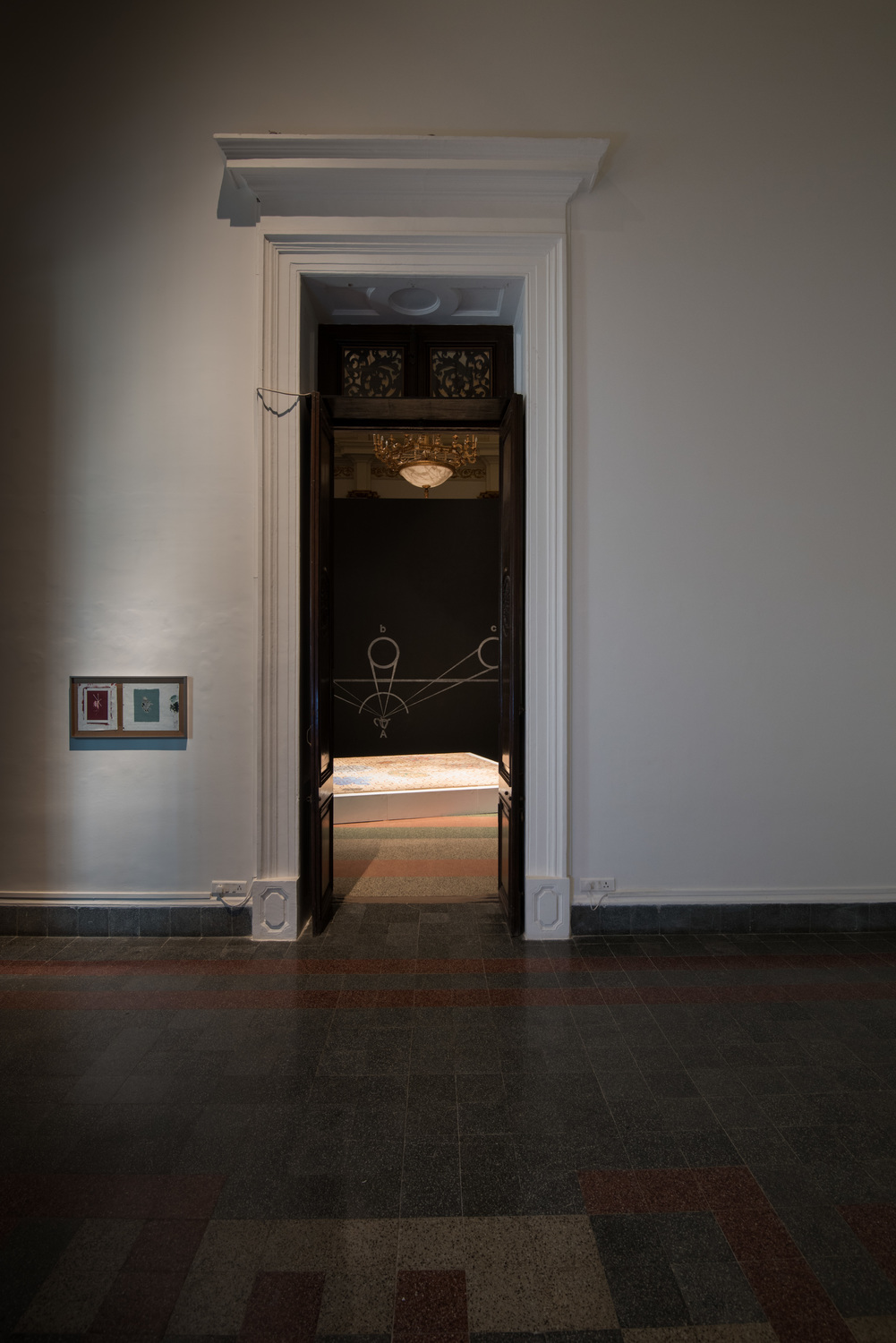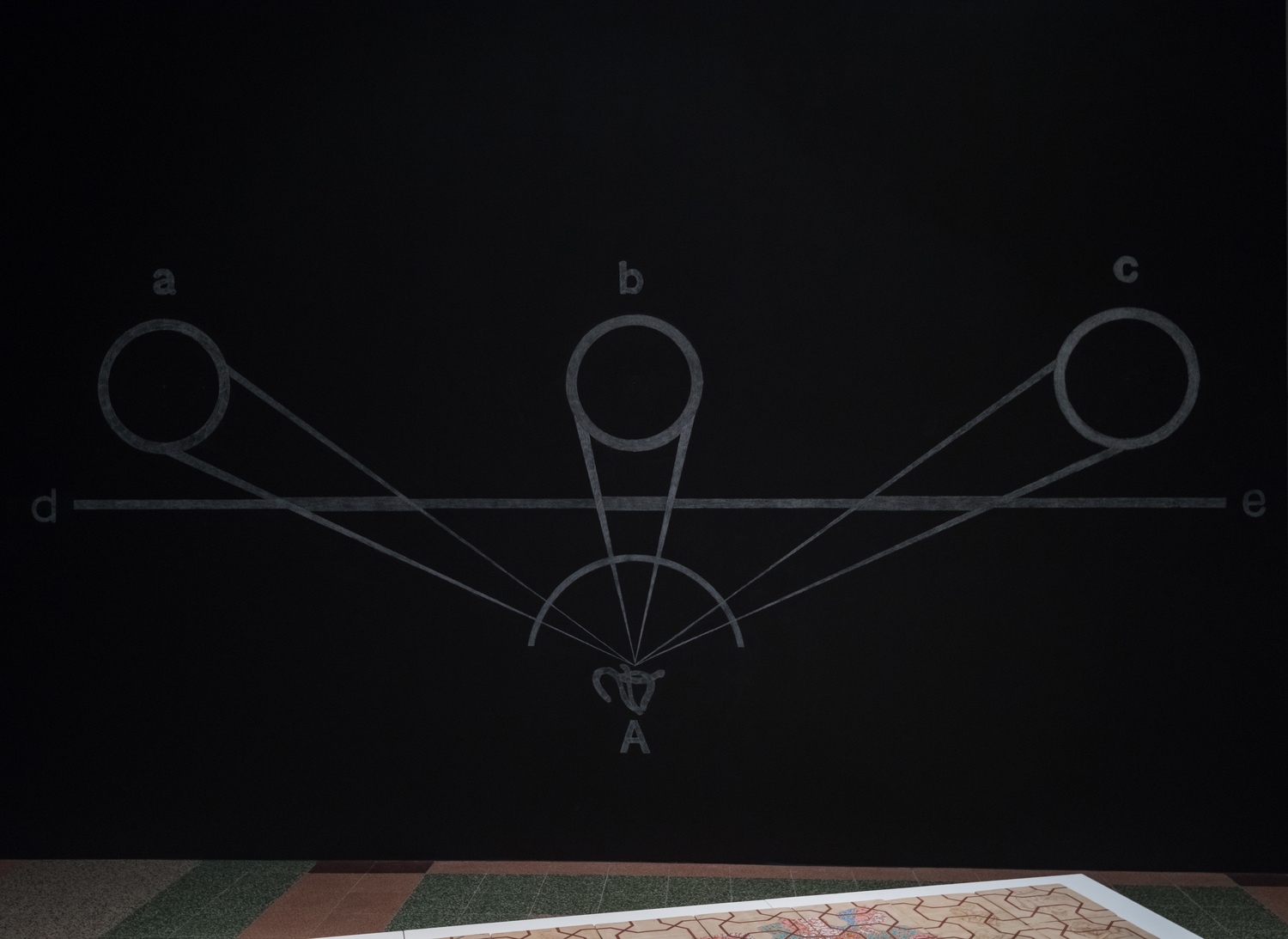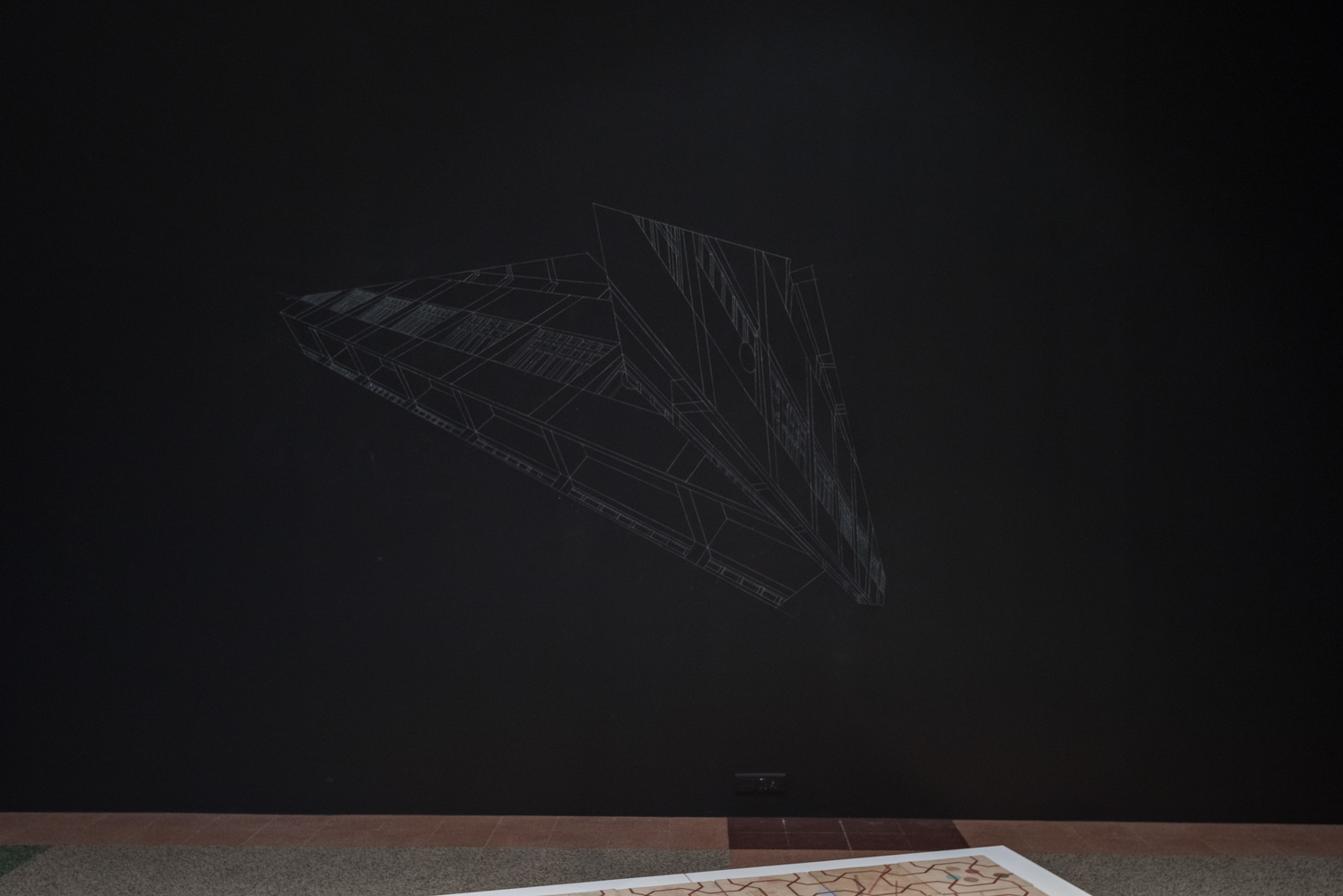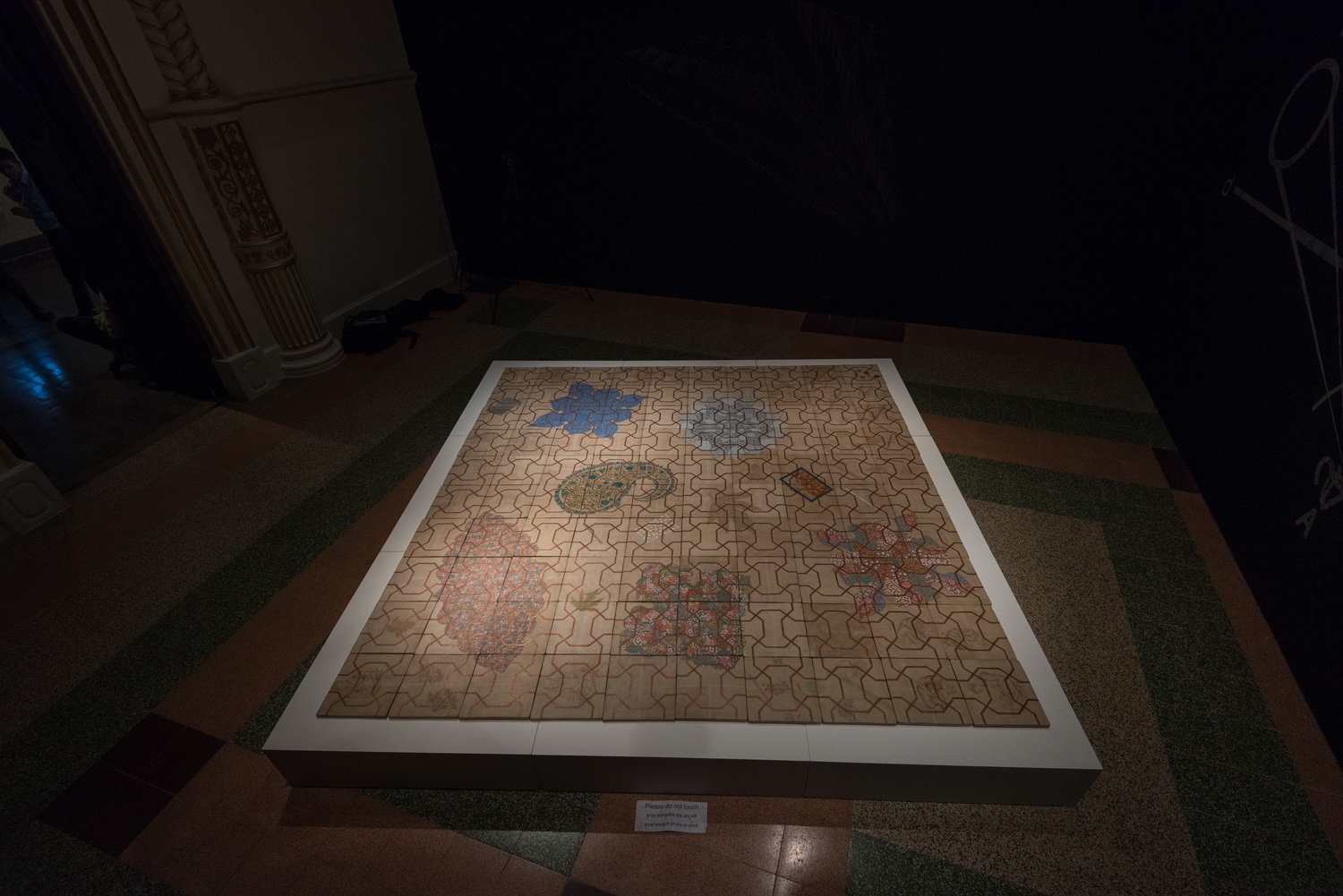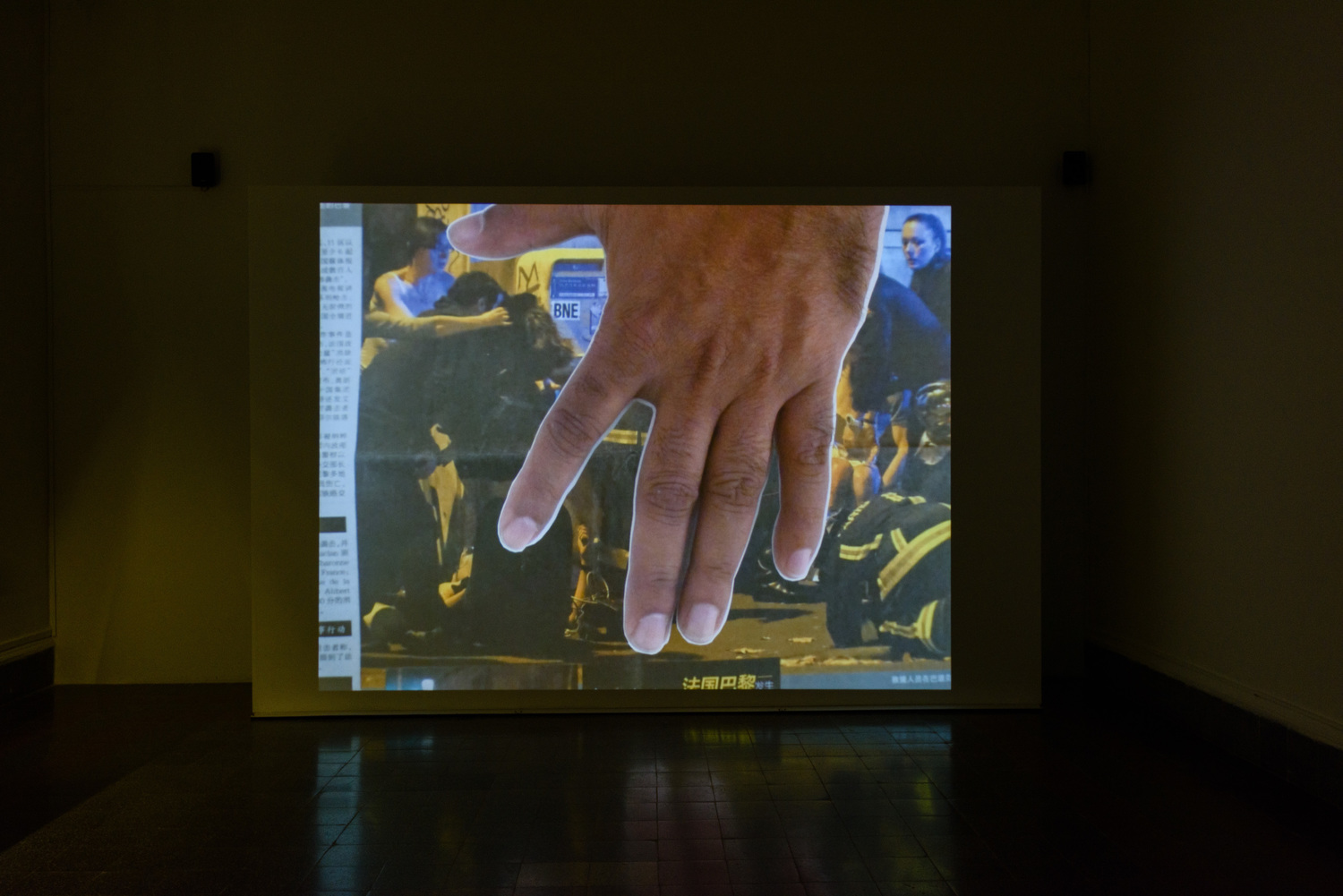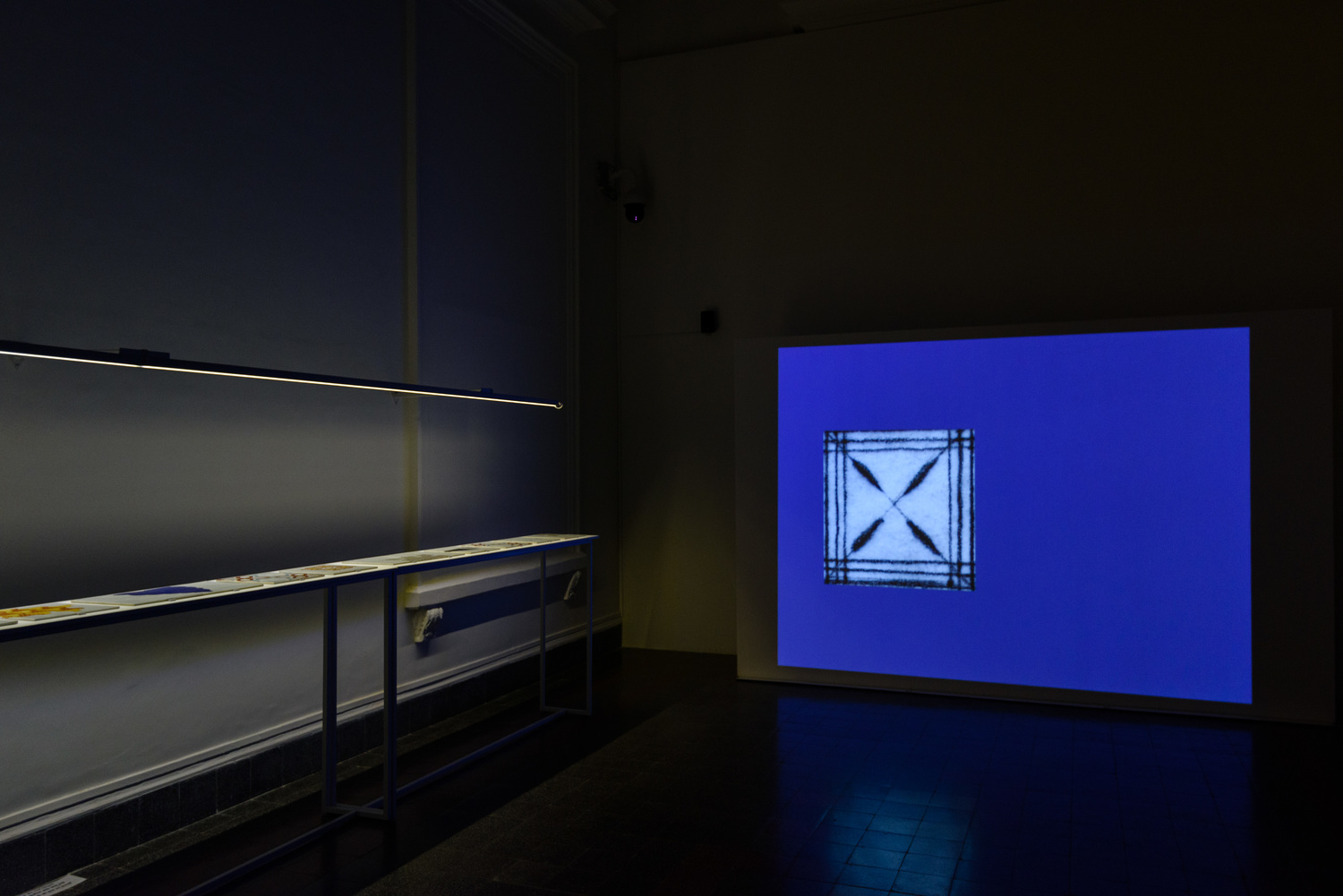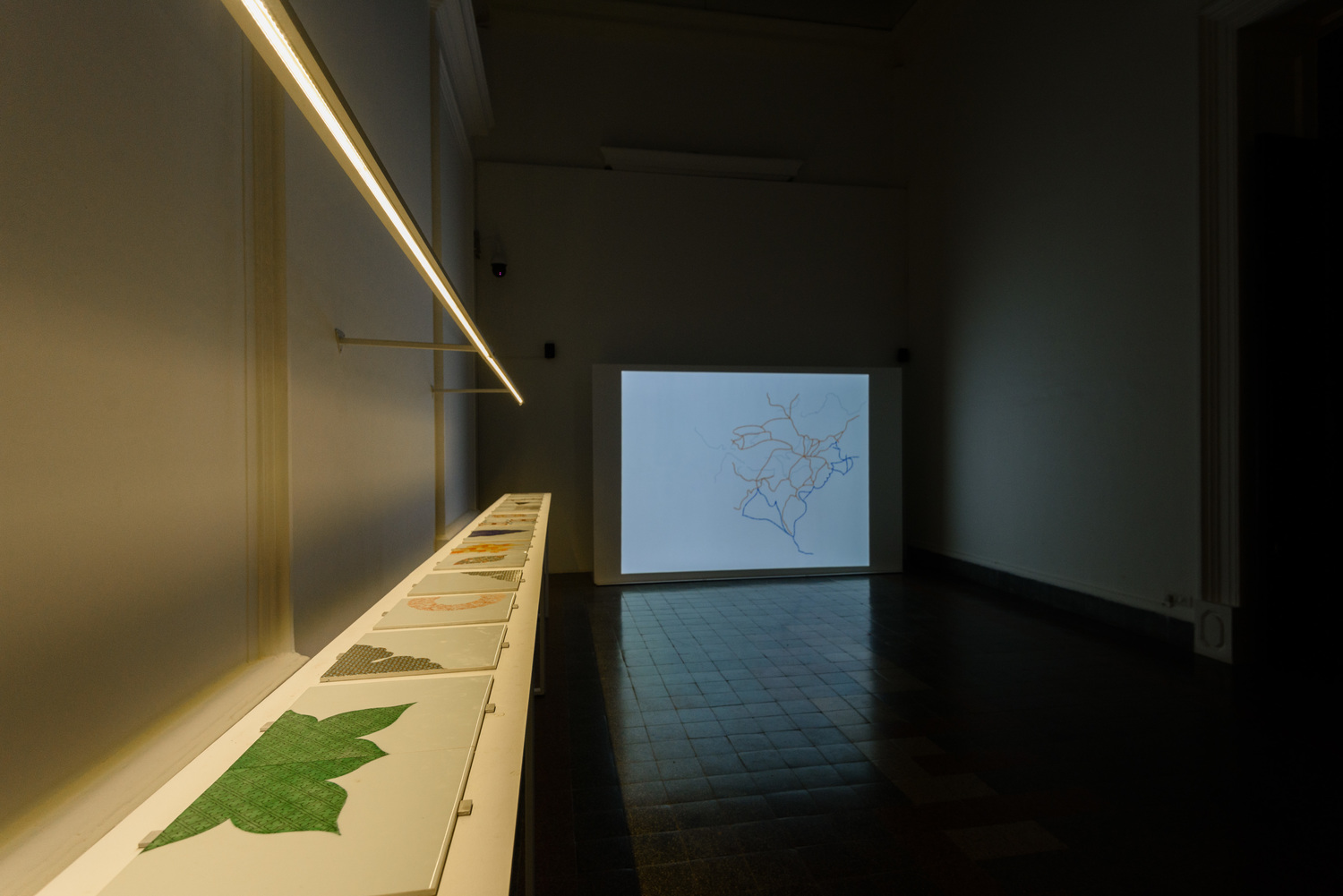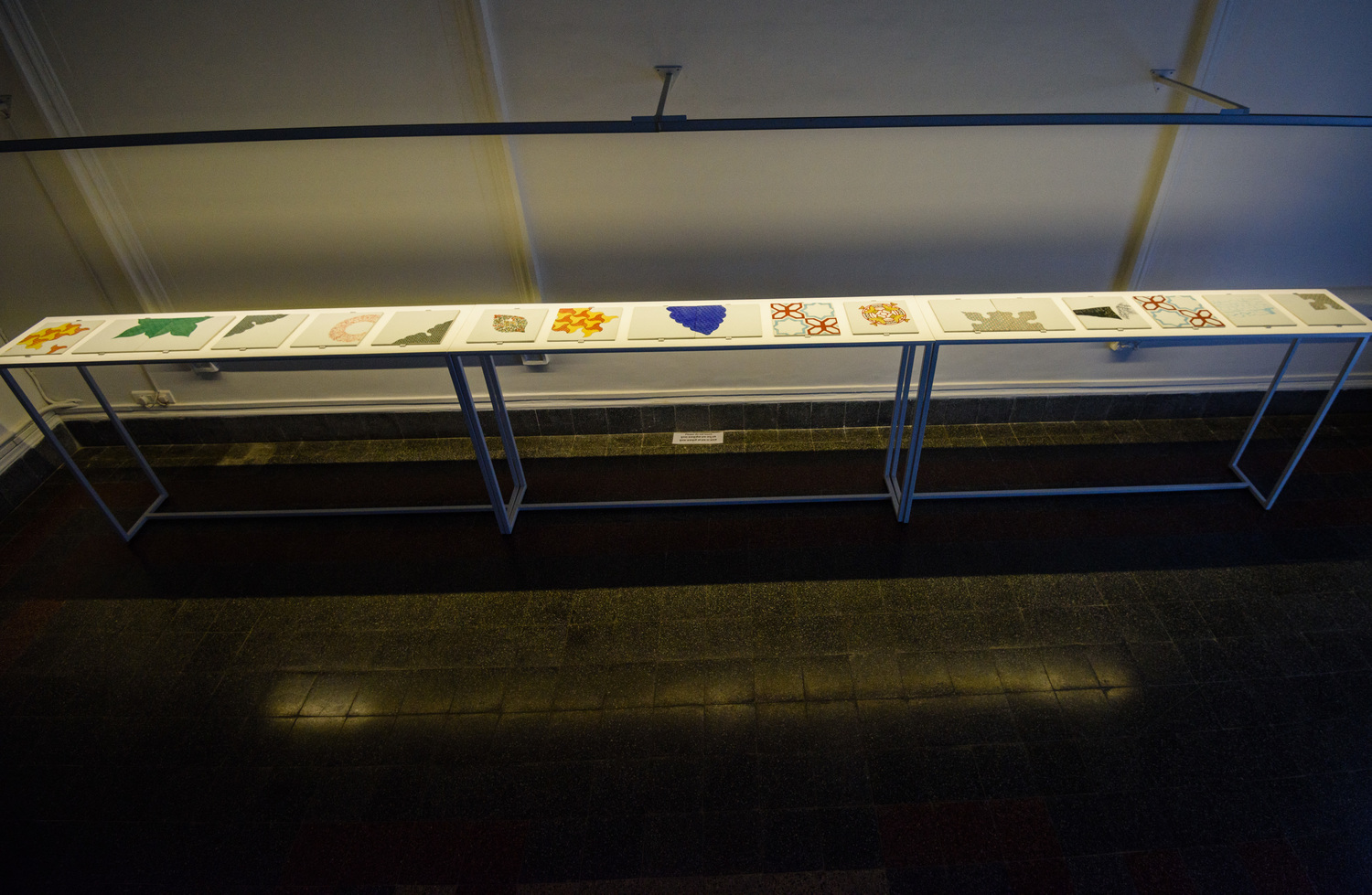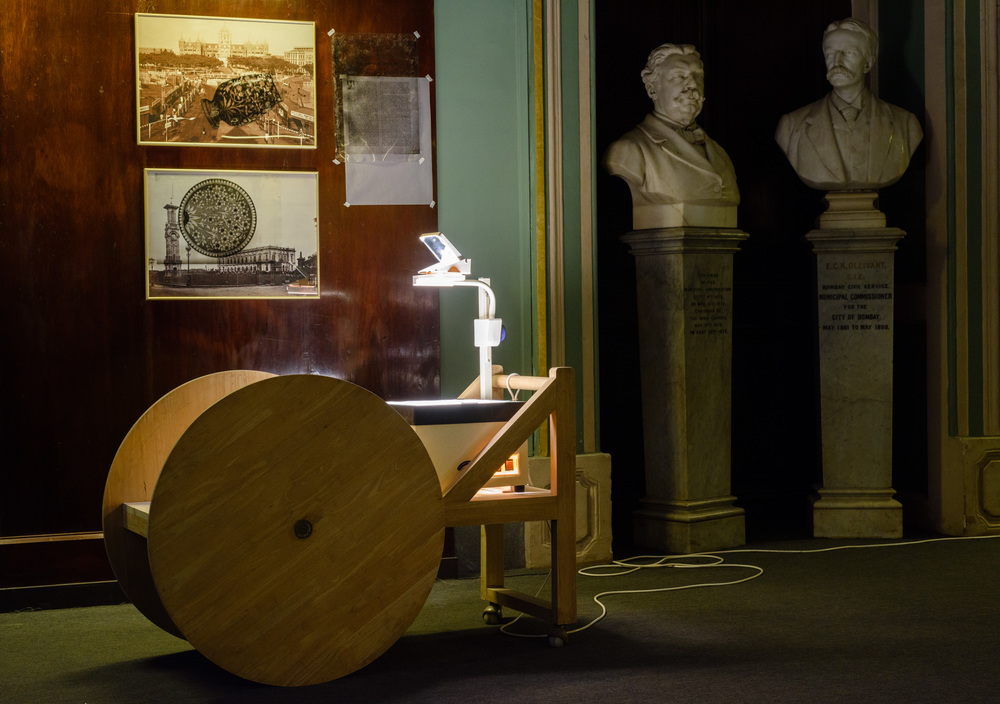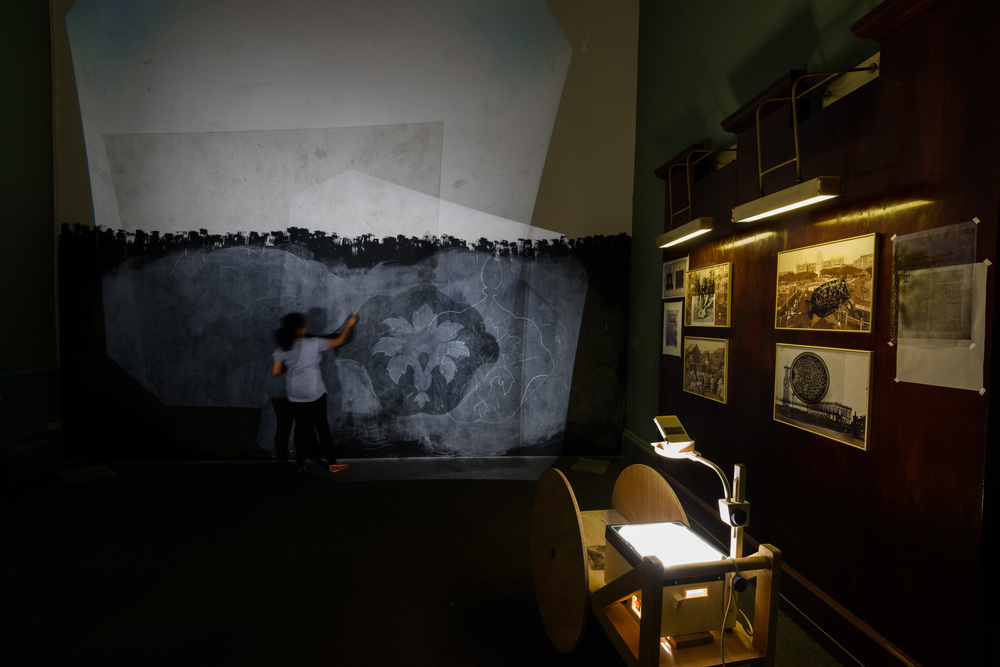Curated by Tasneem Zakaria Mehta
This exhibition was a continuation of the Museum's exhibition series "Engaging Traditions," which invited contemporary artists to work with the Museum's history, archives and collection.
Soi has been deeply engaged in exploring the process of creating an art work in conjunction with those involved with its actual production, the labourers and craftsmen, who are frequently unacknowledged. He is deeply interested in issues surrounding the politics of labour and his work and process of creation reflect this concern. In Kolkata, Kashmir and China he has immersed himself over extended periods of time in workshops that have privileged the creativity of the artisans involved as much as his own artistic vision. These collaborations have resulted in unique works that profoundly change the equations between the artist and the artisan, between what is fine art and mere craftsmanship. It addresses questions that are at the heart of the Dr Bhau Daji Lad Museum's invitation to artists to interrogate its history, which effaced records of the many artisans who produced the extraordinary works in the Museum.
The Industrial Arts gallery on the ground floor held a newly commissioned work. A specially designed curvilinear wall echoes the curvature of the tympanum, a defining feature of the Museum. It presents the painted concave surface to viewers as they enter the Museum, becoming a canvas, which pays homage to the craftsman. The convex surface becomes the studio wall which showcases the collaborative method used with working-notes and sketches taped informally to its surface.
The Kamalnayan Bajaj Mumbai Gallery on the upper floor contains historic vitrines that represent Mumbai’s culture and its south face houses the Jamnalal Bajaj Special Exhibition Galleries—so that the entire Museum becomes an envelope within which the artist dialogues with the Museum. Soi dedicated the first room of the Gallery to Kumartuli, a work shop in North Kolkata where Soi began his ongoing series on Labour. The slideshow, Kumartuli Printer and Kumartuli Plastic Ball maker, an animation clip and a miniature painted diptych picturing the machinery used within these two workshops were displayed here.
The central room in the Gallery was dedicated to Soi’s continuing engagement with the atelier of the craftsman Fayaz Jan in Srinagar. Titled Tile as Archive, a hundred handmade and painted papier-mâché tiles were arranged in a square measuring 300 x 300 cm. The work is an archive of the traditional Kashmiri patterns, borders and floral tropes used within this atelier’s compositions for several generations. The surrounding walls had been painted black and contained diagrams sketched out in chalk. An illustration from Da Vinci’s Codex Atlanticus, explaining the optical phenomena of anamorphosis, was a central image. Anamorphosis is a metaphor the artist engages in describing the political turmoil that blights the state of Kashmir.
The third room of the Gallery was dedicated to an installation Soi created with a porcelain craftsman in Guangzhou (Old Canton) in China. Consisting of a set of 22 painted porcelain tiles created within the Hui Porcelain Studio in historic Hiazhu, it was accompanied by a video and sound work that created an immersive aural atmosphere. The installation explored the creative influences and links between Kashmir and China.
The adjacent Origins of Mumbai Gallery transforms into an interactive environment housing Soi’s Astatic Machines. Designed to communicate the artist’s studio methodology to a larger audience, these are drawing machines are inspired by Paul Klee’s Pedagogical Sketchbook. Images from Lockwood Kipling’s Journal, which are housed in the Museum, are interspersed with imagery from Klee’s manual and Soi’s archive. Printed upon acetate sheets and placed upon the OHPs that sit atop the carts they are projected upon a partially painted black chalkboard wall. Viewers are encouraged to place the acetates upon the projectors and trace them out with chalk, layering the images to make their own compositions.
This exhibition was the result of several conversations between the Soi and the Museum that began in 2012. The work displayed here included work that had been made specifically for the museum.
We are thankful for the support of Mondriaan Fonds, Netherlands, Experimenter, Kolkata and Vadehra Art Gallery, Delhi.
